Do you ever think about chickens as more than just barnyard animals? Do you know there’s a type of chicken that’s not only friendly but also sports a stunning purple color?
Orpington chickens are really liked by people who keep chickens in their backyards. There are many kinds of Orpington chickens, and the lavender one is the latest kind to join the group. It’s a special kind of Orpington chicken because it’s rare, hard to find, and has a unique purple color.
Orpington chickens are big, fluffy, and very friendly. They have a lot of soft feathers that make them great for cuddling. They’re known for being one of the nicest types of chickens and they lay a lot of eggs too, around 200-280 large brown ones every year.
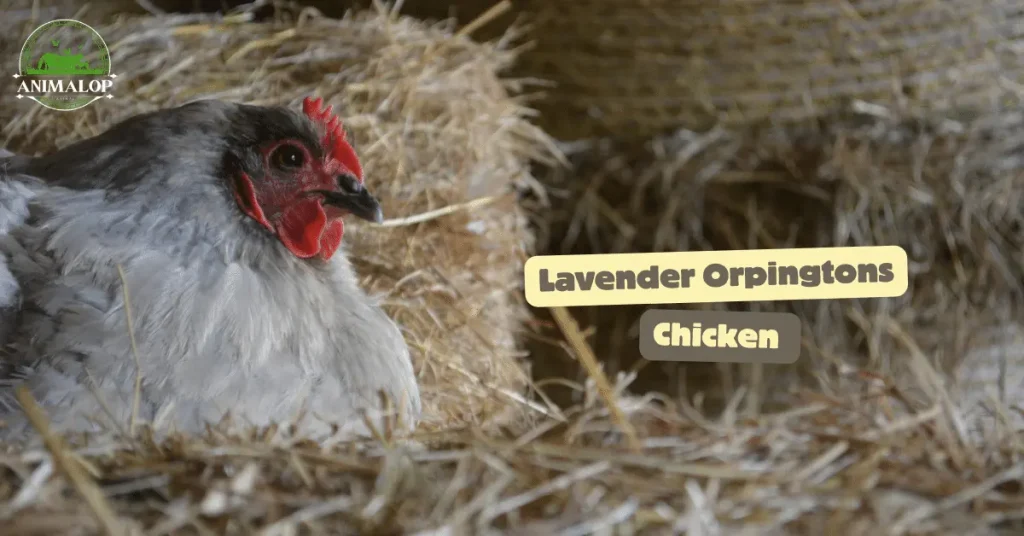
The Lavender Orpington chicken is special because it has everything good about Orpingtons, plus it has an eye-catching purple color. This makes it very wanted.
Lavender Orpingtons are pretty, unique, friendly, easy to take care of, and lay a lot of eggs.
Lavender Orpington Chicken Quick Breed Profile
History
The Orpington chicken breed started in England back in 1886. William Cook, a regular guy, created the first black Orpington chickens in a place called Orpington, Kent.
In 1890, he moved with his wife Jane and their two daughters to a new place and called it “Orpington House.”
It took a while, but Orpington chickens eventually got really popular. William then opened an office in London, wrote a lot about chickens, and traveled to give talks on how to take care of them. He knew a lot about chicken diseases and what food they should eat.
His eldest daughter, Elizabeth Jane, and his other kids helped run the farm at Orpington House. Elizabeth knew a lot about chickens, too.
In 1902, William got a big award for his work with chickens. He even opened chicken farms in the USA and South Africa.
After a trip to America, he got sick and passed away in 1904 from a lung problem.
Original Orpington Colors
Orpington chickens come in different colors, and each color was made by mixing different kinds of chickens together. Here’s a quick rundown:
1886 – Black Orpingtons: These black chickens were made by mixing black Minorca, black Plymouth Rock, black Langshan without feathers on their legs, and black Cochin chickens.
- 1889 – White Orpingtons: These white chickens are created by mixing black Hamburg, and white Cochin, with white Dorkings and white Leghorn.
- 1894 – Buff Orpingtons: To get this color, gold-spangled Hamburgs, dark Dorkings, and buff Cochins were mixed.
- 1897 – Jubilee Orpingtons: These were made by mixing Buff Orpingtons, dark Dorkings, and gold-spangled Hamburgs.
- 1900 – Spangled Orpingtons: They used the same mix as the Jubilee Orpingtons.
- 1907 – Blue Orpingtons: These were simply made by crossing black and white Orpingtons.
- 1907 – Cuckoo Orpingtons: This pattern came from crossing black and white Orpingtons first, then mixing in a barred Plymouth Rock.
William Cook wanted to create a chicken that was good at laying eggs in winter, had brown eggs, and white skin that was good for cooking. He did it with the black Orpingtons. They also grew fast and were easy to breed.
The first Orpingtons were a mix of chickens from Asia, the Mediterranean, and America. Today, they mostly show their Asian roots.
Lavender Orpingtons are pretty new in the US but have been liked in the UK and Europe for a while. They were produced in the 1990s by Priscilla Middleton.
Recognition
Today, people in the US, Europe, UK, and Australia are raising Orpington chickens. Lavender Orpingtons are still not very common in the US, but more people are starting to like them. We’re also seeing more chickens that meet the standards for Lavender Orpington hens.
Right now, the American Poultry Association only officially recognizes Blue, Black, White, and Buff Orpingtons. The Orpington is a special old type of chicken. It used to be at risk of disappearing, but since 2016, it’s no longer seen as being in danger.
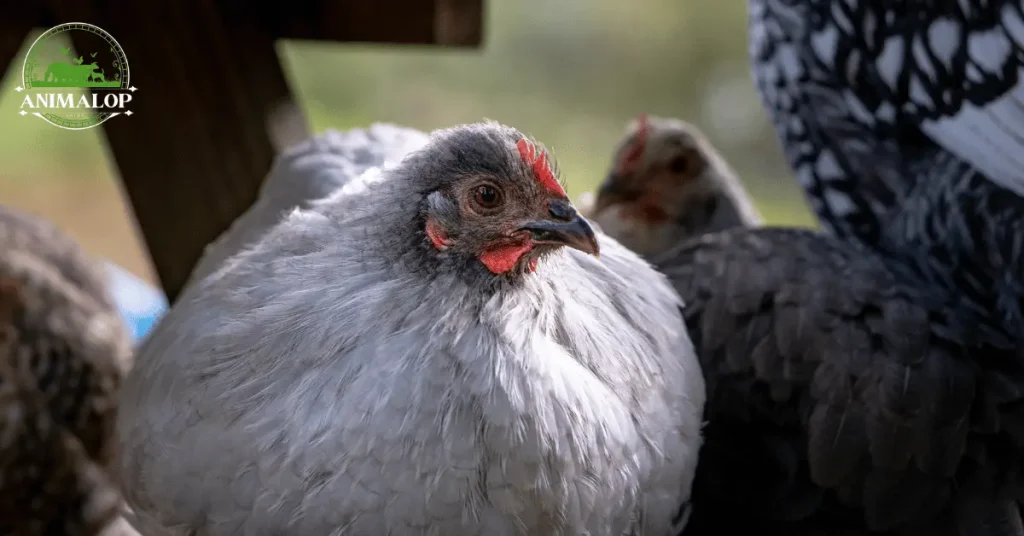
Temperament and Behavior
Lavender Orpingtons are just as friendly and chill as other Orpington chickens. If you’re nice to them when they’re young, they can become great pets. They’re soft and like to cuddle, so kids often enjoy having them sit in their laps.
They’re strong, good for both eggs and meat and easy to take care of. This makes them a good choice for people who are new to raising chickens and those who’ve been doing it for a while.
Lavender Orpington roosters might get a bit protective over their space and family sometimes, but usually, they’re nice too. If you treat them well and they don’t see you as a threat, they’ll be friendly, especially if you’re the one feeding them.
If you have a lot of young male chickens, it’s best to keep them apart early on because they might start fighting, which is normal for them.
Even though Lavender Orpingtons are big, they’re usually calm around other chickens.
Orpington hens often want to sit on eggs and are really good at taking care of their chicks. They talk to their chicks a lot.
The hens of this breed aren’t too loud, but the roosters do crow, which can be loud, especially in the morning.
Breed Specifics and Traits of the Lavender Orpington
Lavender Orpingtons might look really big, but a lot of their size comes from their fluffy feathers. They’re great chickens for both eggs and meat.
- In the UK, these chickens are pretty big. Roosters can weigh over 10 pounds, and hens are usually 8 pounds or more.
- In Holland, roosters weigh between 7.7 and 8.8 pounds, while hens weigh between 6.6 and 7.7 pounds.
- In Germany, roosters are usually 8.8 to 10 pounds, and hens are between 6.6 and 7.7 pounds.
- In the US, Lavender Orpingtons are still new, so there’s no average weight yet, but they’re expected to be as heavy as the ones in Germany and the UK.
Lavender Orpington chicks grow up pretty fast if conditions are good, being ready at about 22 weeks. Their lifespan is over eight years.
Lavender Orpington Development
The story of how Lavender Orpington chickens came about is pretty interesting. Priscilla Middleton, a breeder from the UK, wrote about her journey in creating the perfect Lavender Orpington in a magazine article titled “Ladies in Lavender” in May 2008. It took her a lot of tries and some mistakes, but she finally got a chicken she was proud of.
She mentioned that even though we call them lavender, their color isn’t exactly lavender. It’s more like a pale gray with a hint of shine that makes it look lavender.
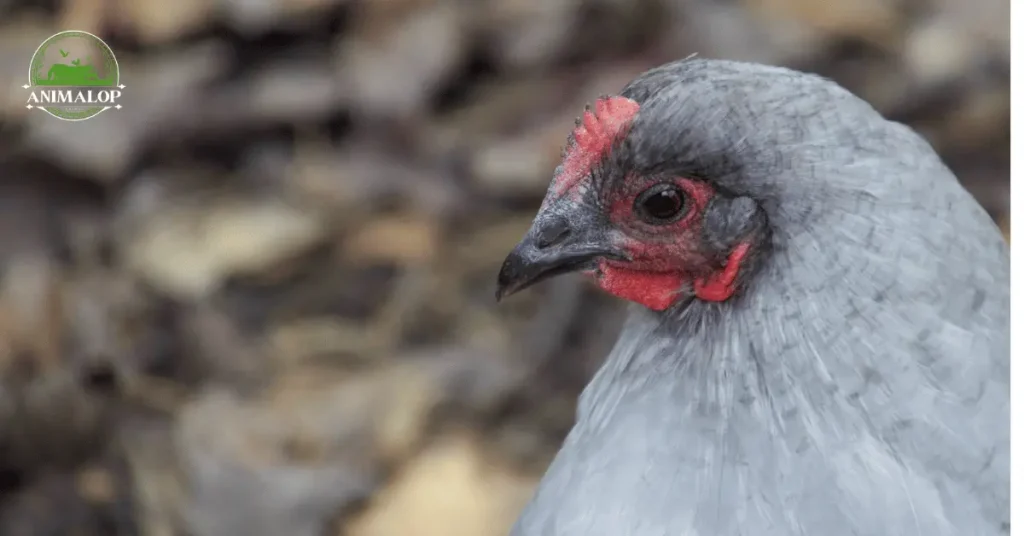
These chickens have a special gene that makes their feathers this unique color, and this gene always shows up when you breed two Lavender Orpingtons together. This is different from blue Orpingtons, where the color can vary.
Priscilla ran into a few issues while working on her chickens. Some had weak feathers, especially in their tails and neck area, and others had dark lines on their feathers or looked ruffled and messed up.
Another challenge was keeping the chickens big enough. Initially, the Lavenders were too small, but she managed to fix that.
To start making her Lavender Orpingtons, Priscilla first got some top-notch black Orpington chickens.
Then, a friend found some lavender-colored birds that looked a bit like Leghorns at a sale in a small town called Ross-on-Wye. These birds had white legs and laid eggs that were almost white.
Priscilla crossed a black Orpington hen with one of the lavender roosters, and the chicks they got were pretty big. She picked the ones that looked most like Orpingtons and bred them together the next year.
For many years, she kept breeding these second-generation Lavenders with her best black Orpingtons and then their kids with each other.
She also brought in some new black Orpingtons to avoid too much inbreeding. Finally, she managed to get chickens that were just like the black Orpingtons, only lavender.
Other Lavender Orpington Colors
After making the Lavender Orpingtons, Priscilla also created other colors of Orpington chickens. She made some that were blue and some with stripes, leading to new colors like Barred Lavender, Blue Lavender with a shiny metallic look, and Blue-Barred Lavender.
Sometimes, Lavender Orpington chickens can have a bit of yellow in their feathers. These chickens shouldn’t be used for breeding.
Roosters vs Hens
Roosters of Orpington chickens are usually nice and calm, and they’re good to their hens. But, because their main job is to look after the hens, eggs, and chicks, they might act tough if they think they’re doing their job.
Hens are generally quiet, easygoing, and friendly. They tend to want to sit on eggs a lot. They enjoy snacks, but you have to watch out so they don’t get too heavy.
Both the male and female chickens are strong and can handle both hot and cold weather well, as long as they have a good place to stay that’s airy and keeps them dry. In the cold, you might need to protect their head crests from getting frostbite.
Because of their fluffy feathers, Orpingtons can get soaked easily in the rain, so it’s important to make sure they have a dry spot to hang out in when it’s wet outside.
Appearance
Lavender Orpington chickens are pretty big and look kind of boxy. Their heads are small for their body size, and they have a medium-sized single red comb on top, with red ear parts and handy-down bits (wattles).
Their back is wide and smoothly goes up to their neck and tail, and their chest is big and broad. Their feathers are soft and plentiful but neat, and you can see the lower part of their legs, which don’t have feathers and end in four toes.
Chicks
The baby Lavender Orpingtons are a soft, light gray with a bit of very light yellow. Their beaks are black or black and light yellow, their legs are gray, and their toes are yellow.
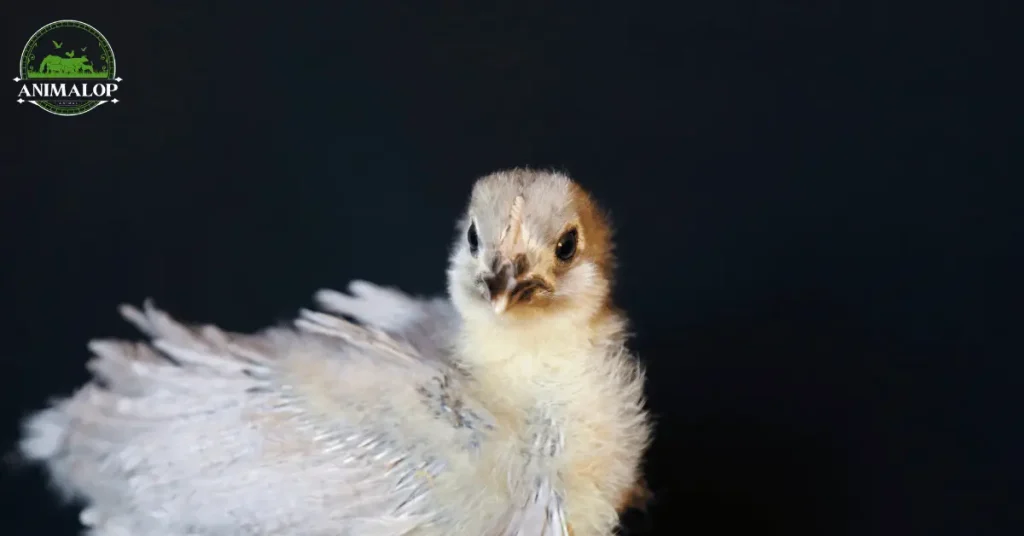
Health and Disease
Orpington chickens generally don’t get sick more than other chickens, but because they have a lot of feathers, they can get bugs like mites and lice. It’s important to make sure they can dust and bathe properly and to treat them for these pests now and then, just to be safe.
To keep them healthy, clean out their coop regularly, change their bedding, and make sure their food and water dishes are clean. Changing their water often is a good idea. A watering system might be worth it to ensure they always get clean water to drink.
Orpington Eggs
Like other types of Orpington chickens, Lavenders are great at laying eggs too. One chicken can lay about 280 light brown eggs a year.
They’re usually good at laying eggs in the winter, but not always. The eggs are pretty big, and any hens that don’t lay big eggs shouldn’t be used for making more chickens.
Finding Lavender Orpington Chicks
Since they’re not very common in the US yet, it can be a bit hard to find good Lavender Orpington chickens.
Cackle Hatchery is one of the few places where you can buy Lavender Orpington chicks and eggs that are ready to hatch. If you need to have the eggs sent to you, getting eggs ready for hatching is often the best way, especially if they have to travel a long way.
Facts
- Lavender Orpington chickens originate from England and were created by William Cook in the late 1800s.
- They lay around 280 light brown eggs per year and have a lifespan of typically 8 years or more.
- Their unique lavender feather color is due to a recessive gene that always breeds true.
- Despite their popularity, Lavender Orpingtons are not yet recognized by the American Poultry Association among the official Orpington color varieties.
FAQs
Final Thoughts
Lavender Orpingtons, like all Orpington chickens, are really nice birds to have around. Their light purple feathers look soft like clouds and can even shine a bit in the right light.
They’re great for any backyard chicken group, and perfect for kids and people just starting out because they’re calm and easy to deal with. They’re also good for people who know a lot about chickens and want to show them off or breed them.
These chickens are on the bigger side, so they need a bit more space in the chicken coop than some other types. Make sure they have enough room to roost in their nesting boxes.

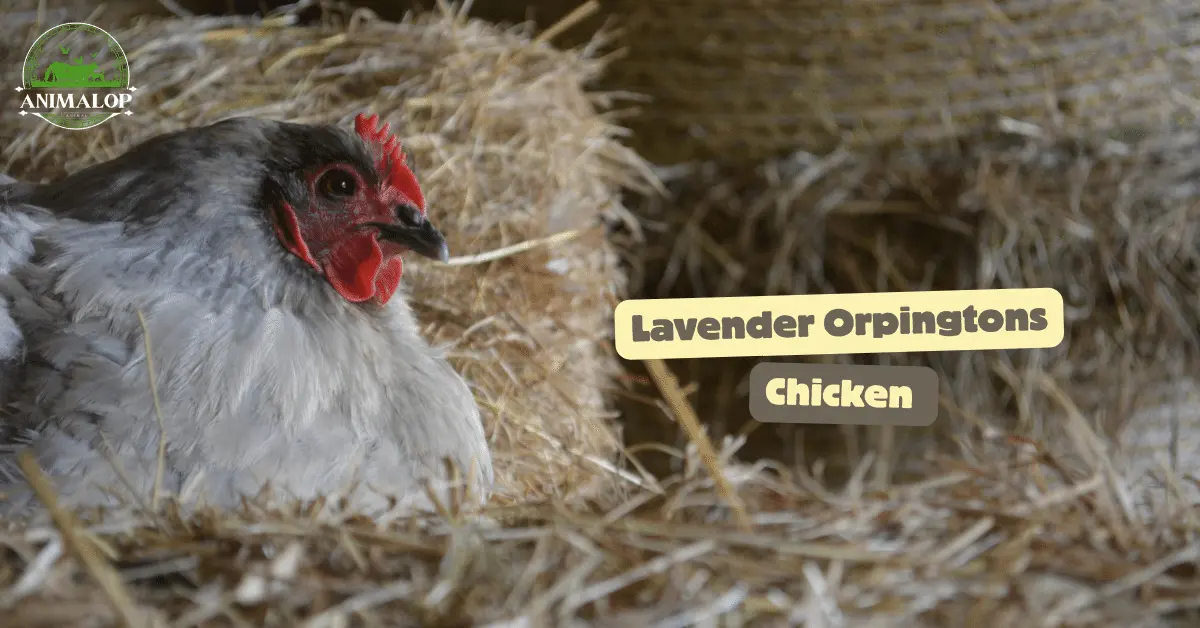
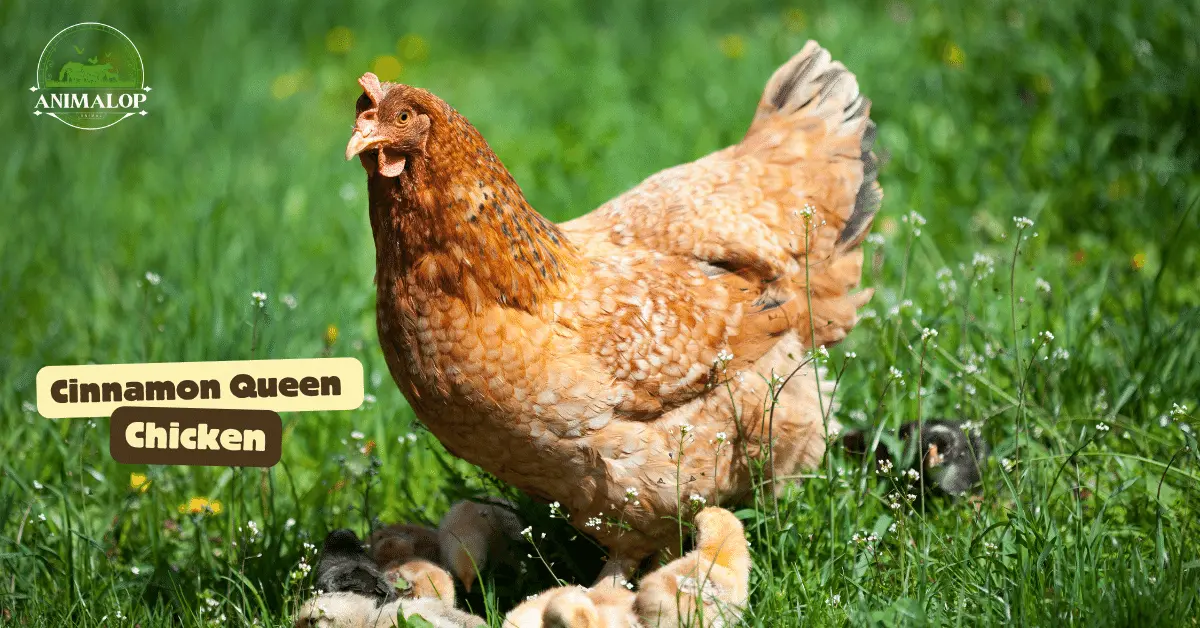
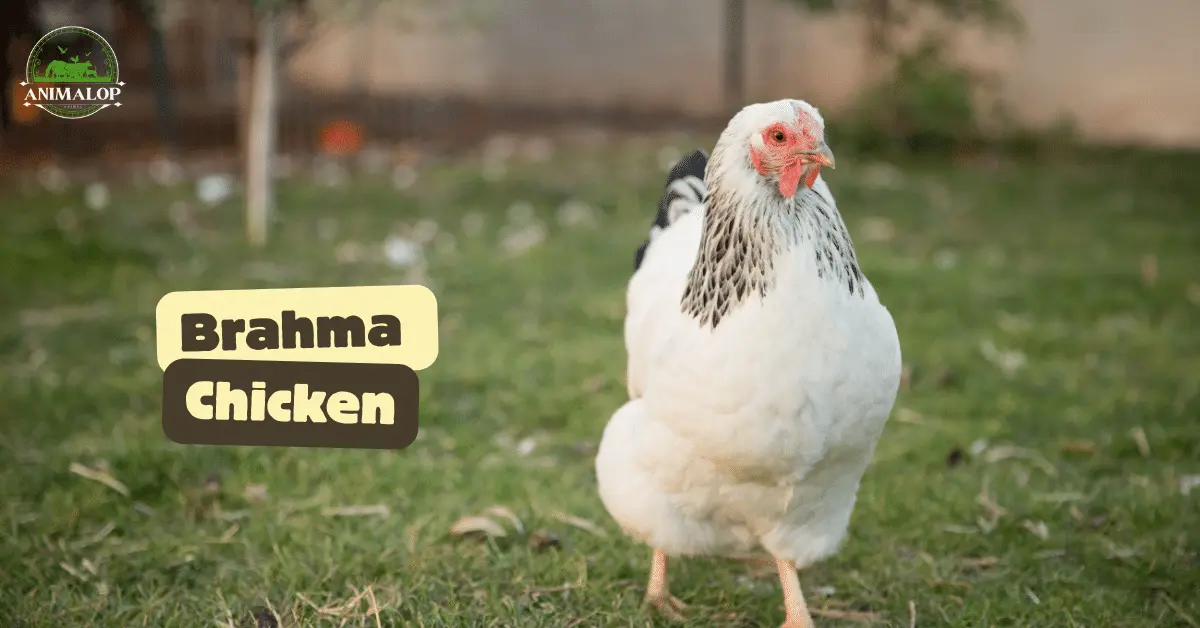
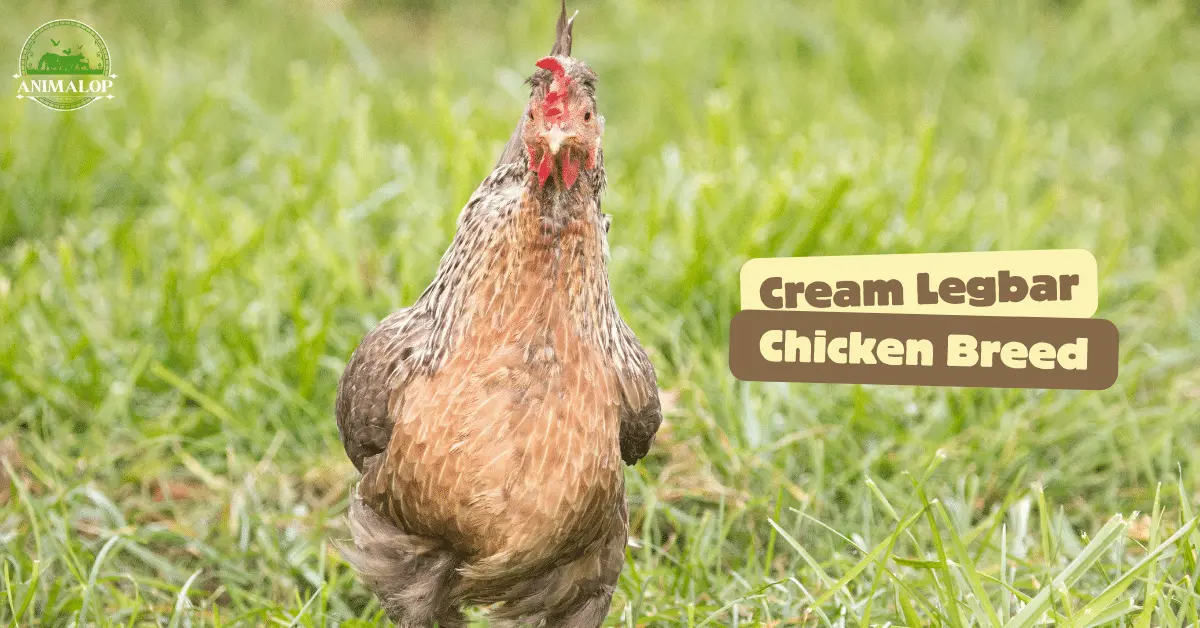
One Comment on “Lavender Orpington Chicken Breed Profile And Essential 4 Facts”